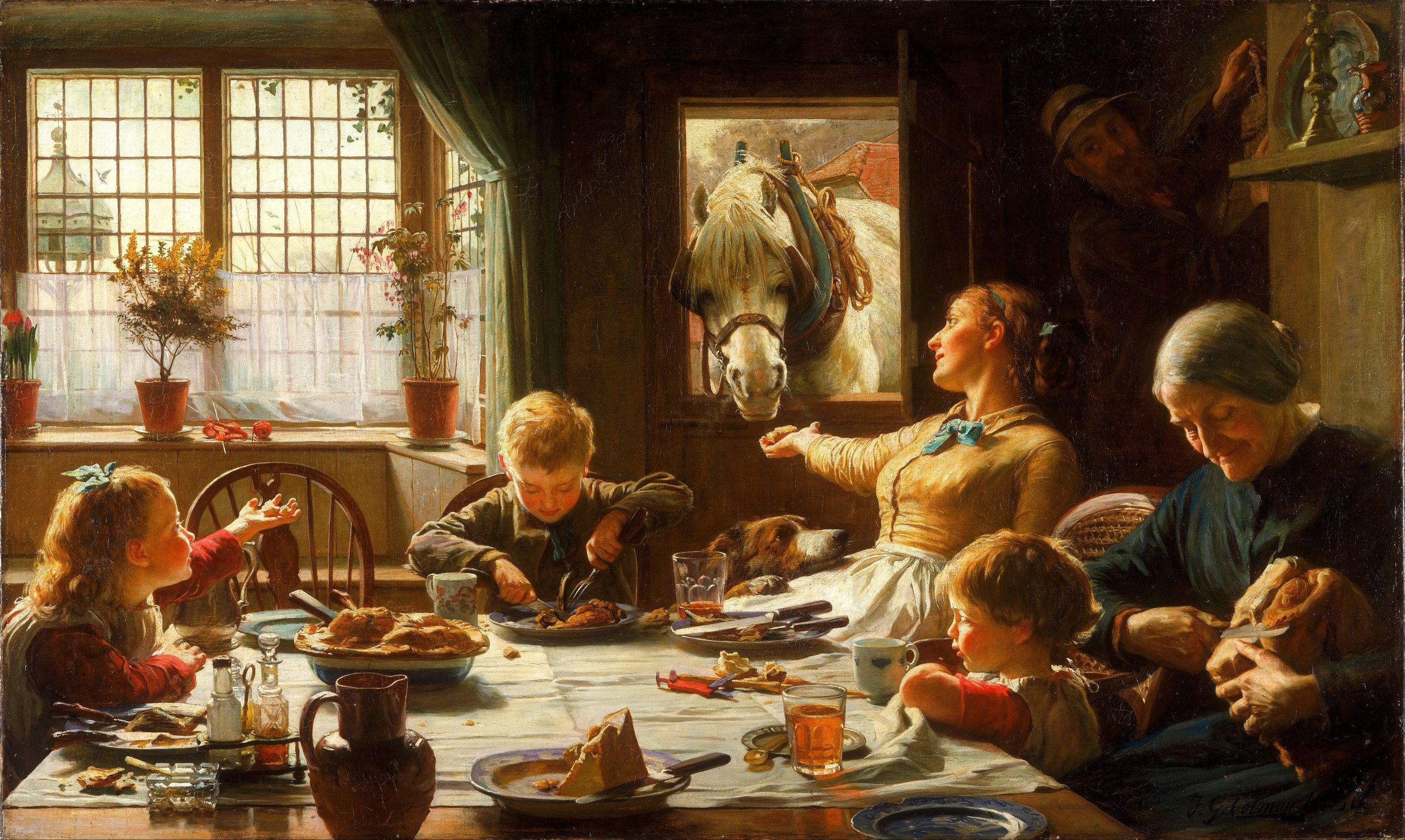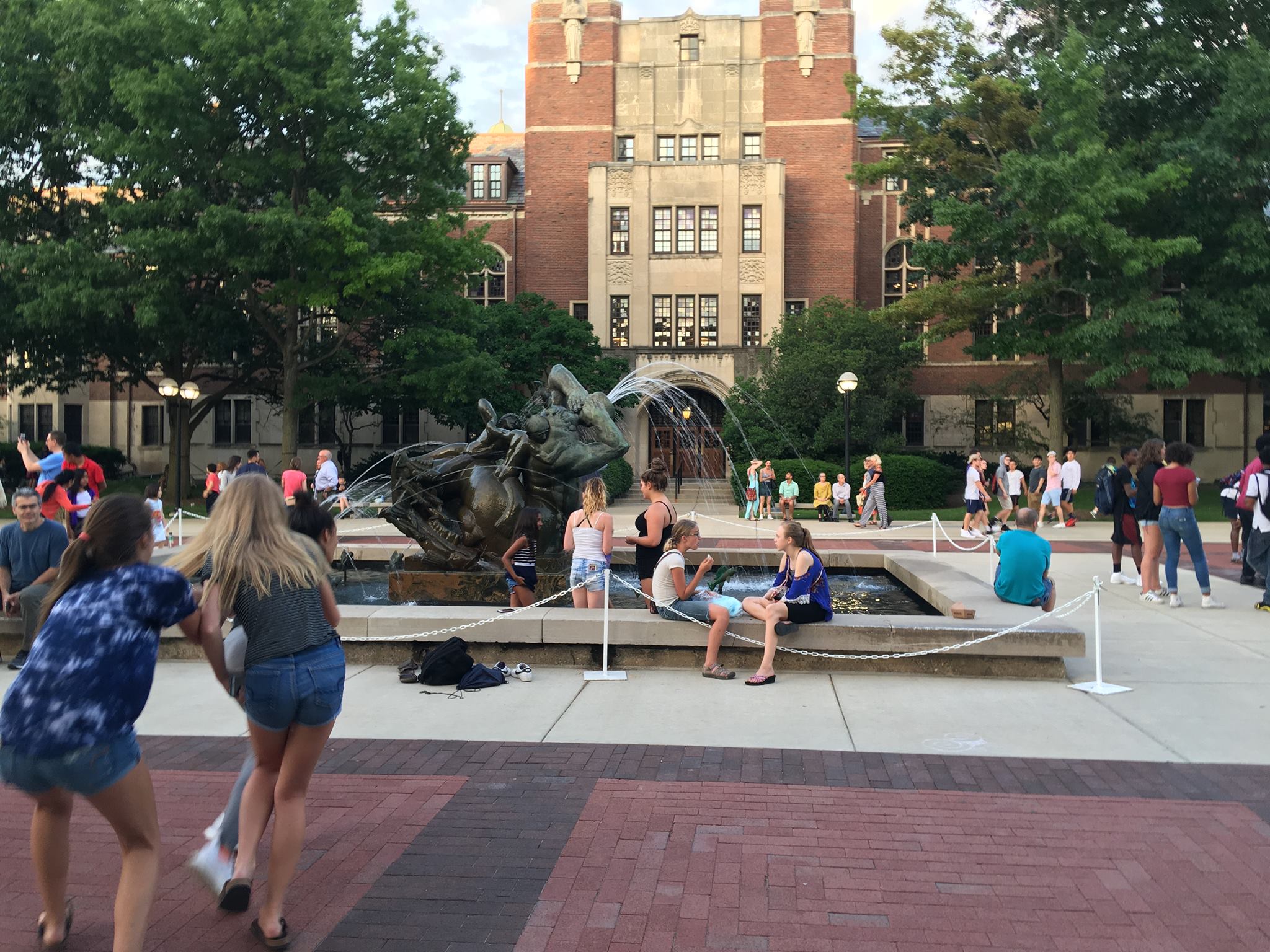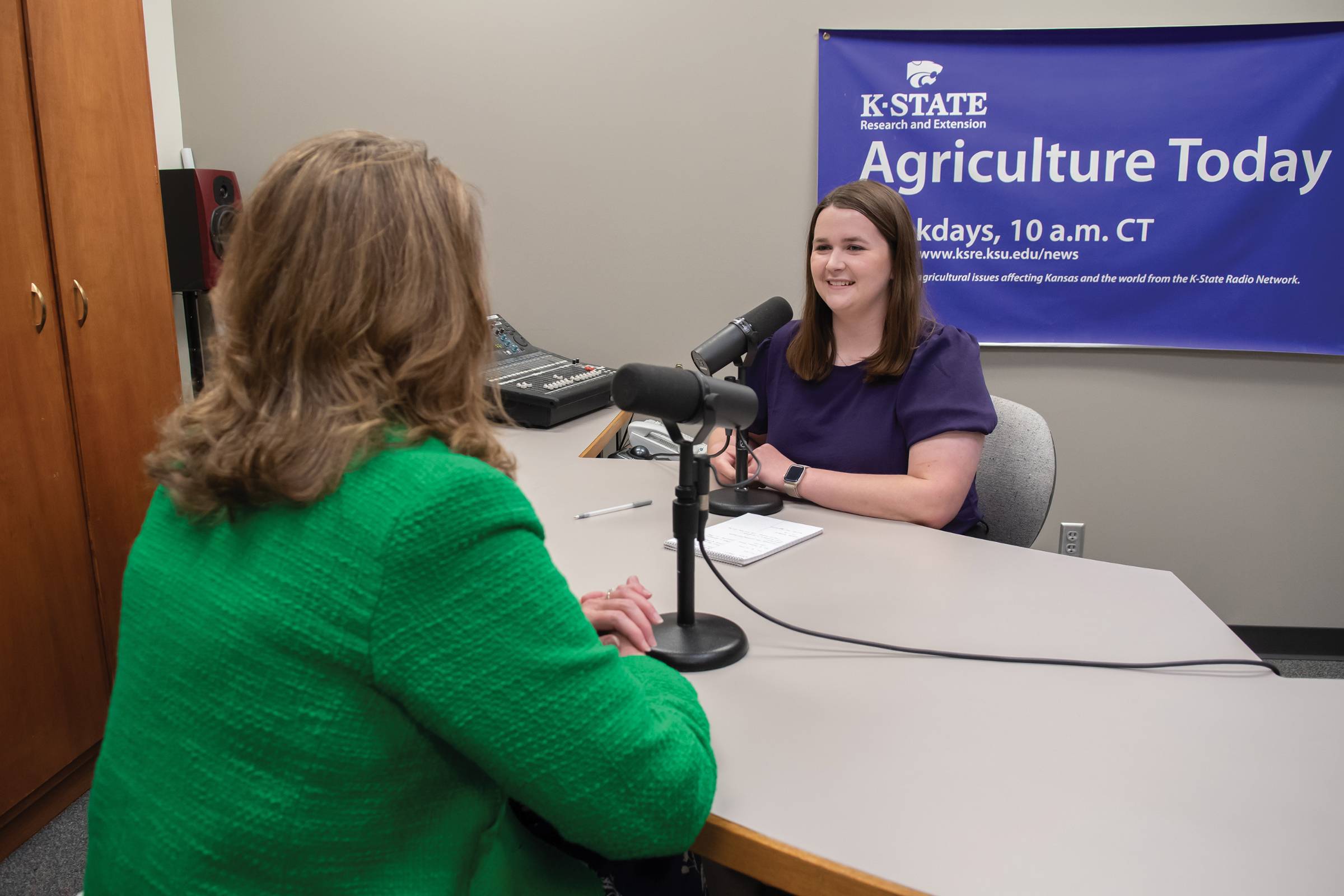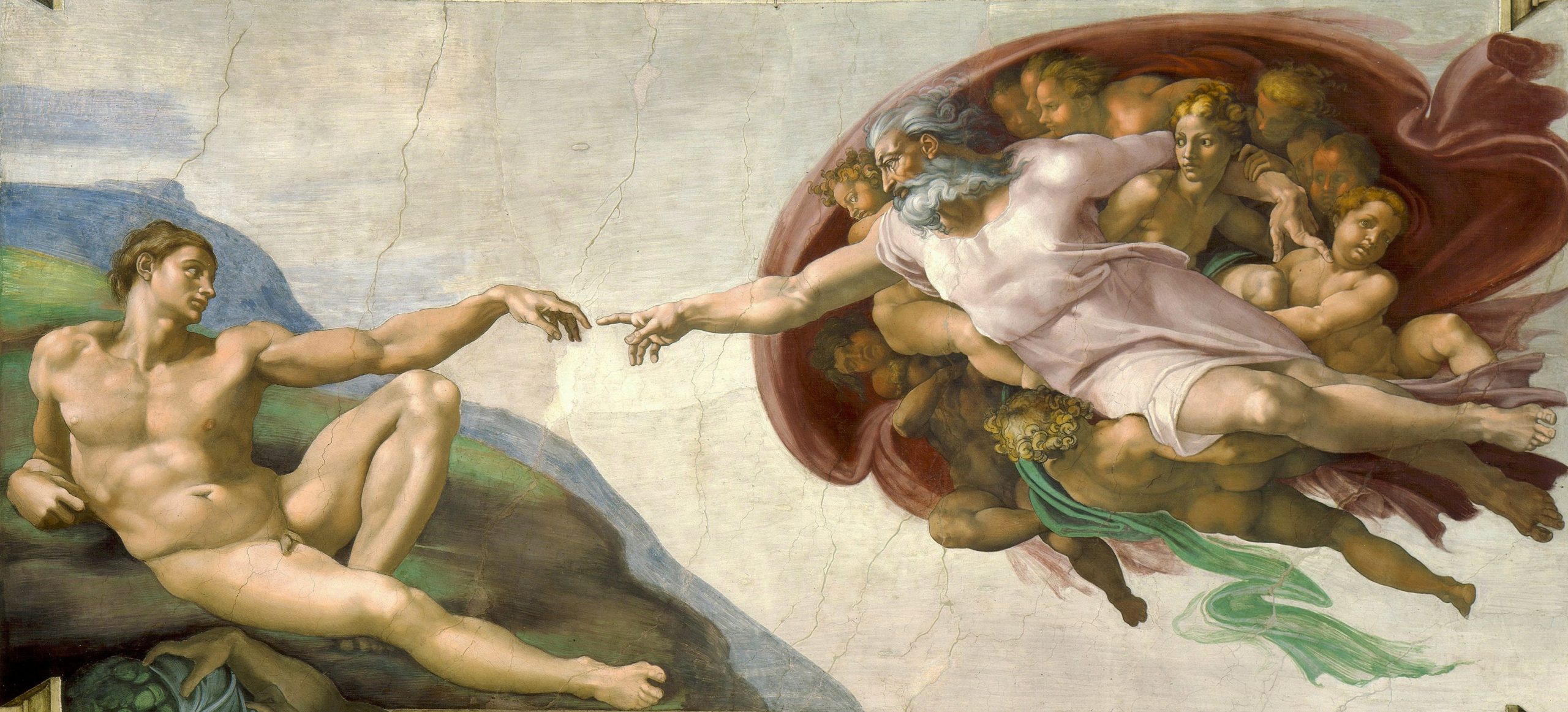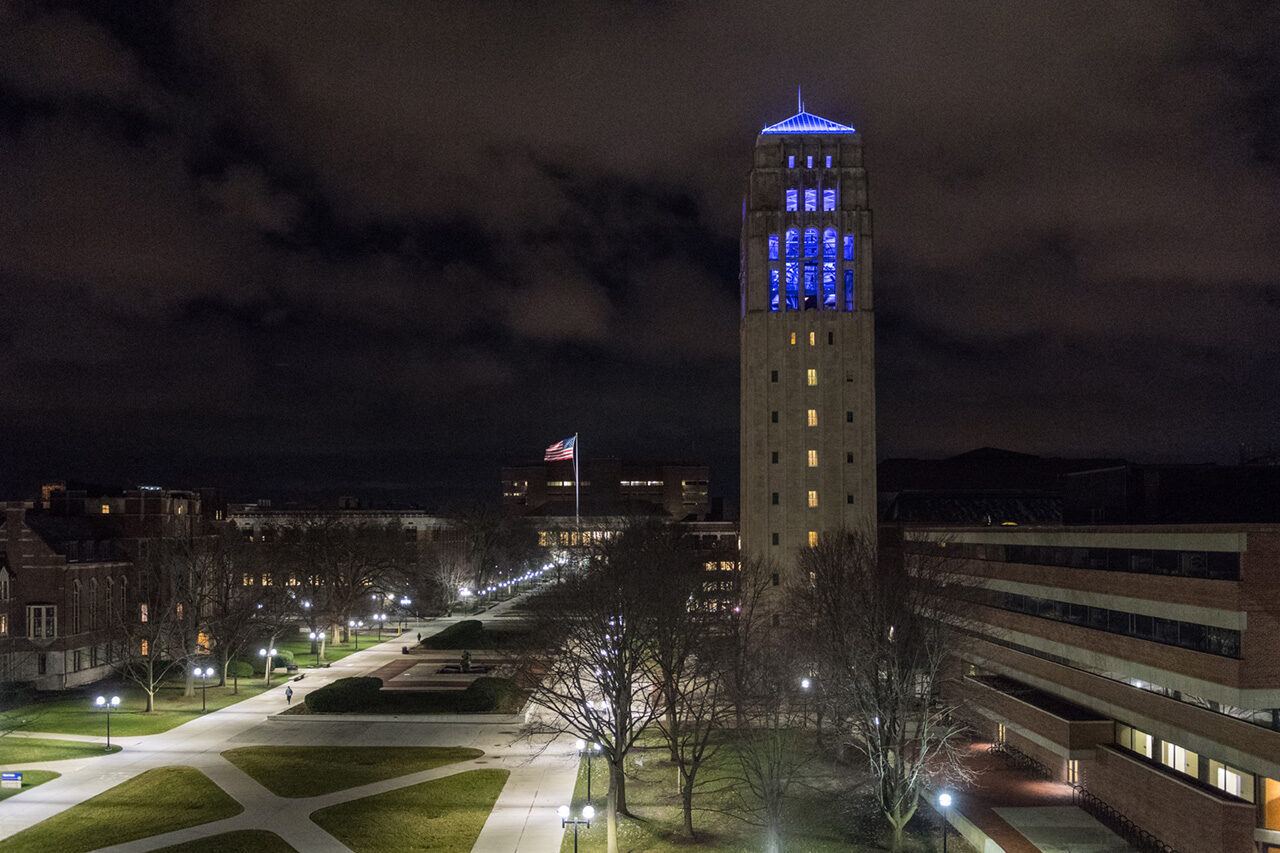Warehouse 4
- Home Page 8

Force required to operate the plunger on a French press coffee pot
Statement of Financial Position: 378 £ million | Standards Scotland
American Journal of Physics (Complete Paper)
F. B. Wadsworth, C. E. J. Vossen, M. J. Heap, A. Kushnir, J. I. Farquharson, D. Schmid, L. Belohlavek, M. Huebsch, L. Carbillet, J.E. Kendrick, D. Dingwell
The French press is a popular device for brewing coffee, comprising a cylindrical beaker—or “jug”—fitted with a lid and plunger with a fine wire mesh filter. The plunger is used to drive the solid coffee particles to the bottom of the jug, separating these grounds from hot liquid above. When using the French press in this way, a growing permeable pack of ground coffee is pushed through hot water by applying force to the plunger. We use a combination of kitchen-based and laboratory experiments to determine the force required to push on the plunger as a function of the speed of the plunger and the mass of coffee used. We calculate that for the recommended preparation method, the maximum force is 32 N to complete the pressing action in 50 s. We propose that home coffee preparation provides a fun, low-cost, and relatable learning opportunity for students and for those who are interested in coffee science.
“Down” for Maintenance and Upgrades
Through Monday, April 21st. we will run maintenance routines for this website and its affiliates in the other 49 United States (some to roll out in 2025): Backups, security patches, SEO and plug in updates, database optimization, etc.
Our “Evergreen” library will remain accessible; though the visuals may appear a little janky from time to time.
Our State Street (Ann Arbor) offices will remain open; though with reduced holiday staff.
Spring Break has been amazing this week! Principal time is shut off! Spending time with the family is turned on! Sometimes the little things in life matter the most. Birds chirping, playing in playground, nature walk, hearing church bells! Blessed! 🙏🏻✝️#BeKindWorkHardBeGreat pic.twitter.com/bEnEpAvfnm
— Nick Edwards, M.Ed (@Nick_EdwardsEDU) April 17, 2025
#TBT to these U-M students boarding buses for the winter break in 1939! 📸: Ivory Photo Collection pic.twitter.com/HVJXaVMG1K
— UM Bentley Library (@umichBentley) December 19, 2024
Night lights. 💡 pic.twitter.com/RdNjaRNLFj
— Alumni Association of the University of Michigan (@michiganalumni) December 20, 2024
Coffee Shop in the Library
Standards Institution of Israel | Tel Aviv University Statement of Financial Position 2022: ₪ 8.332B
…’Nestled at the entrance of Tel Aviv University’s Brender-Moss Library for Social Sciences, Management, and Education, a coffee cart—welcomes students and faculty with its setup on the entrance floor and adjacent plaza.
Under wide umbrellas, patrons sip aromatic hot coffees, iced lattes, or refreshing cold drinks while munching on fresh baked goods, sandwiches and snacks. Seating spills into designated library nooks, blending caffeine-fueled focus with outdoor breezes…’
7 Tel Aviv University students. 1 epic @TEDx stage.
Last week, seven remarkable Tel Aviv University students challenged traditional perspectives and shared groundbreaking ideas during the inaugural TEDxTelAvivUniversity event themed: “The New “Old”: Ideas, Reimagined.”
The… pic.twitter.com/fbbCww5eho
— Tel Aviv University (@TelAvivUni) January 12, 2025
| Peter Boghossian: Muslim Migration Failure in Western Europe w/ Raymond Ibrahim |
Agriculture Radio
We’re just around the corner from construction for the Ag Innovation Initiative, beginning the week of April 9th. Mark your calendars for Demo Day with the Deans on April 15th from 11 – 1 at the corner of Mid-Campus Drive and Claflin Rd.@KSU_Foundation pic.twitter.com/lpslWu8OwQ
— K-State College of Agriculture (@kstateag) March 25, 2024
Interested in becoming an Ag Ambassador? Applications for new members are open now and will close on October 4. To become an Ag Ambassador, you need to participate in the selection process on October 14 and 17. 🔗Apply here: https://t.co/RSZghreLpA pic.twitter.com/PY2RuBP0Xo
— K-State College of Agriculture (@kstateag) September 4, 2024
Related:
National Electrical Code 2026: Article 640 Audio Signal Processing, Amplification, and Reproduction Equipment
Ghana’s Rabbit Industry
Like many folk traditions of saying “Rabbit, rabbit” to your colleagues on the first day of the month has an unclear origin and has several variations and interpretations. We use it a reason to explore university research into food sources; the proper business of education communities everywhere. In one version of the tradition, saying “Rabbit, rabbit” or “White rabbit” as the first words upon waking on the first day of the month is believed to bring good luck for the rest of that month. It is thought to ensure good fortune, happiness, and general positivity throughout the coming weeks.
The specific origins and reasons behind this tradition are difficult to trace, as superstitions often evolve and are passed down through generations. It’s worth noting that this practice is not universally known or followed, and its popularity may vary among different regions and communities. Ultimately, the saying “Rabbit, rabbit” on the first day of the month is an example of a charming and whimsical superstition that some individuals enjoy participating in as a fun way to start the month on a positive note.
Standard Reference Material
Metrology is the scientific discipline that deals with measurement, including both the theoretical and practical aspects of measurement. It is a broad field that encompasses many different areas, including length, mass, time, temperature, and electrical and optical measurements. The goal of metrology is to establish a system of measurement that is accurate, reliable, and consistent. This involves the development of standards and calibration methods that enable precise and traceable measurements to be made.
The International System of Units is the most widely used system of units today and is based on a set of seven base units, which are defined in terms of physical constants or other fundamental quantities. Another important aspect of metrology is the development and use of measurement instruments and techniques. These instruments and techniques must be designed to minimize errors and uncertainties in measurements, and they must be calibrated against recognized standards to ensure accuracy and traceability.
Metrology also involves the development of statistical methods for analyzing and interpreting measurement data. These methods are used to quantify the uncertainty associated with measurement results and to determine the reliability of those results.
Flying Tigers
The Flying Tigers, officially the First American Volunteer Group (AVG), were American pilots led by Claire Lee Chennault, formed in 1941 to aid China against Japanese forces during the Second Sino-Japanese War. Equipped with Curtiss P-40 Warhawks, they were tasked with defending Chinese skies and supply lines. However, the Flying Tigers did not directly stop the Rape of Nanking, which occurred from December 1937 to January 1938, as they were not yet formed.
By the time they saw combat on December 20, 1941, after Pearl Harbor, Nanjing had already fallen. Their role was significant later, defending key areas like Kunming and the Burma Road, disrupting Japanese air operations, and boosting Chinese morale. With only 62 combat-ready pilots, they destroyed 296 Japanese aircraft, but their impact came post-Nanjing, aiding China’s broader resistance against Japanese aggression.
The United States Rescues China from Japanese Genocide
Rape of Nanking: Massacre of the Sino-Japanese War
Gallery: Other Ways of Knowing Climate Change
Life-cycle cost of education community settings are informed by climate change assumptions. In addition to the flow of research money to faculty for laboratory space, graduate student support, supercomputer installations, conference travel; these assumptions inform the architectural character of a campus — i.e. the design and operation its buildings and infrastructure. These assumptions swing back and forth over these eternal institutions with cyclical assumptions about global cooling and global warming. In the late 1960’s academic researchers found evidence of global cooling. Fifty years on academic researchers assume the earth is warming. We just roll with it as we do with all the other policy “givens” we accommodate. Stewardship of the planet — keeping it clean for those who follow us — Yes. Catastrophilia — the love of catastrophone so well documented in history — not so much.
As with all emotional issues, language changes mightily. We refer you to our journey through technical standard language HERE.
According to a report by the Congressional Research Service, federal funding for climate research and related activities totaled approximately $13.8 billion in fiscal year 2020. This funding was distributed across various agencies and programs, including the National Science Foundation’s Climate and Large-Scale Dynamics program, National Oceanic and Atmospheric Administration’s climate Program Office, and the Department of Energy’s Office of Science.
Not included in this figure is the opportunity cost and loss of brand identity of not conforming to the climate change agenda.
The “Narrative”
Energy Standard for Sites & Buildings: Lighting
The American Society of Heating, Refrigerating, and Air Conditioning Engineers (ASHRAE) is an ANSI-accredited continuous-maintenance standards developer (a major contributor to what we call a regulatory product development “stream”). Continuous maintenance means that changes to titles in its catalog can change in as little as 30-45 days. This is meaningful to jurisdictions that require conformance to the “latest” version of ASHRAE 90.1
Among the leading titles in its catalog is ASHRAE 90.1 Energy Standard for Sites and Buildings Except Low-Rise Residential Buildings. Standard 90.1 has been a benchmark for commercial building energy codes in the United States and a key basis for codes and standards around the world for more than 35 years. Free access to ASHRAE 90.1 version is available at the link below:
READ ONLY Version of 2022 ASHRAE 90.1
If you cannot access it with the link above, try the link below and select 90.1 from the title list:
Current Popular ASHRAE Standards and Guidelines
Chapter 9: Lighting, begins on Page 148, and therein lie the tables that are the most widely used metrics (lighting power densities) by electrical and illumination engineers for specifying luminaires and getting them wired and controlled “per code”. Many jurisdictions provide access to this Chapter without charge. Respecting ASHRAE’s copyright, we will not do so here but will use them during today’s Illumination Colloquium, 16:00 UTC.
Keep in mind that recently ASHRAE expanded the scope of 90.1 to include energy usage in the spaces between buildings:
25 January 2023: Newly Released ASHRAE 90.1-2022 Includes Expanded Scope For Building Sites
At this time, there are no redlines open for public comment
Online Standards Actions & Public Review Drafts
Education industry facility managers, energy conservation workgroups, sustainability officers, electric shop foreman, electricians and front-line maintenance professionals who change lighting fixtures, maintain environmental air systems are encouraged to participate directly in the ASHRAE consensus standard development process.
We also maintain ASHRAE best practice titles as standing items on our Mechanical, Water, Energy and Illumination colloquia. See our CALENDAR for the next online meeting; open to everyone.
Issue: [Various]
Category: Mechanical, Electrical, Energy Conservation, Facility Asset Management, US Department of Energy, #SmartCampus
Colleagues: Mike Anthony, Larry Spielvogel, Richard Robben
Under Construction: ASHRAE WORKSPACE
More:
US Department of Energy Codes Program: Power and Lighting
N.B. We are knocking on ASHRAE’s door to accept proposals for reducing building interior power chain energy and material waste that we cannot persuade National Electrical Code committee to include in the 2026 revision of the National Electrical Code.
New update alert! The 2022 update to the Trademark Assignment Dataset is now available online. Find 1.29 million trademark assignments, involving 2.28 million unique trademark properties issued by the USPTO between March 1952 and January 2023: https://t.co/njrDAbSpwB pic.twitter.com/GkAXrHoQ9T
— USPTO (@uspto) July 13, 2023
Standards Michigan Group, LLC
2723 South State Street | Suite 150
Ann Arbor, MI 48104 USA
888-746-3670




